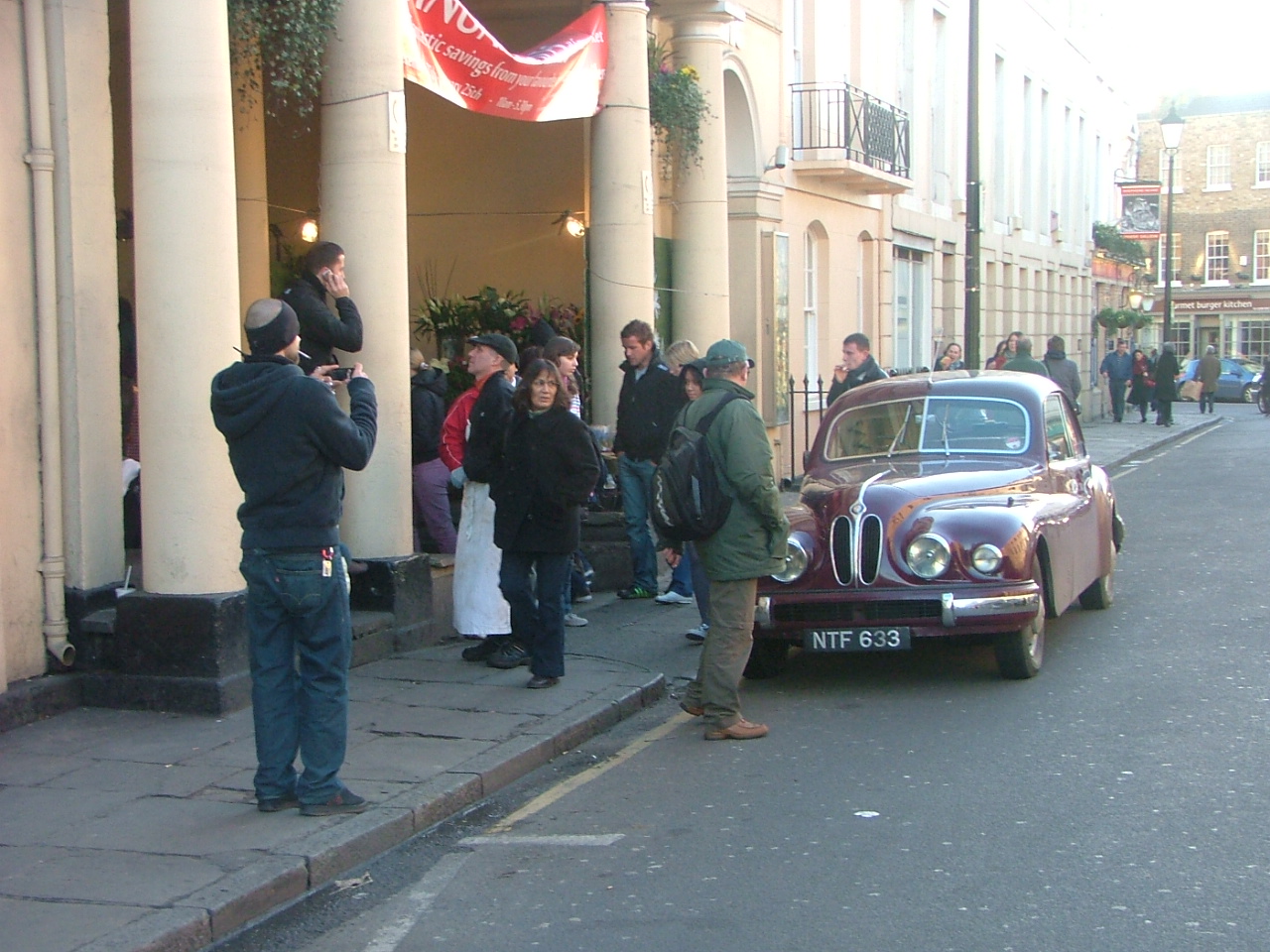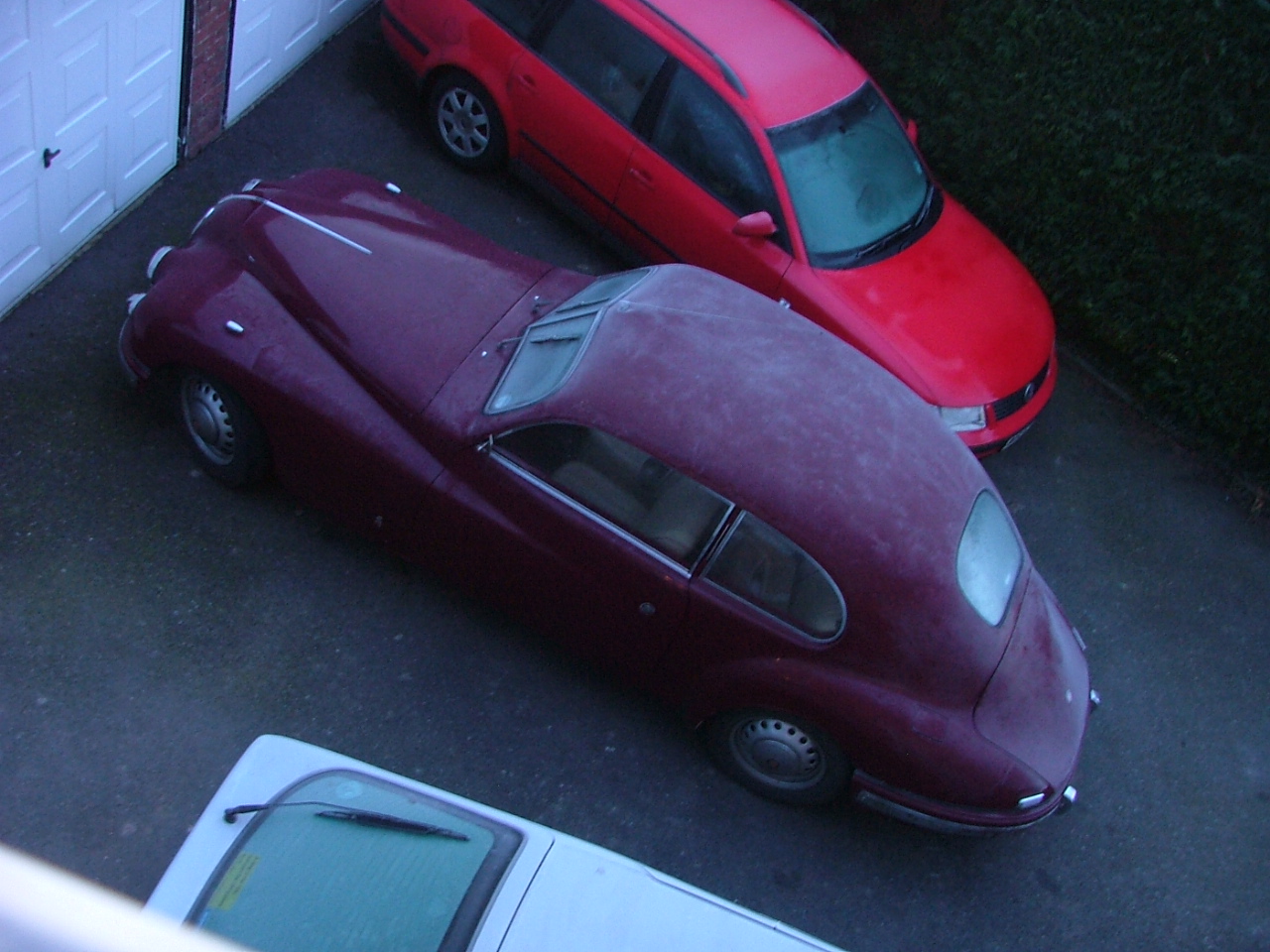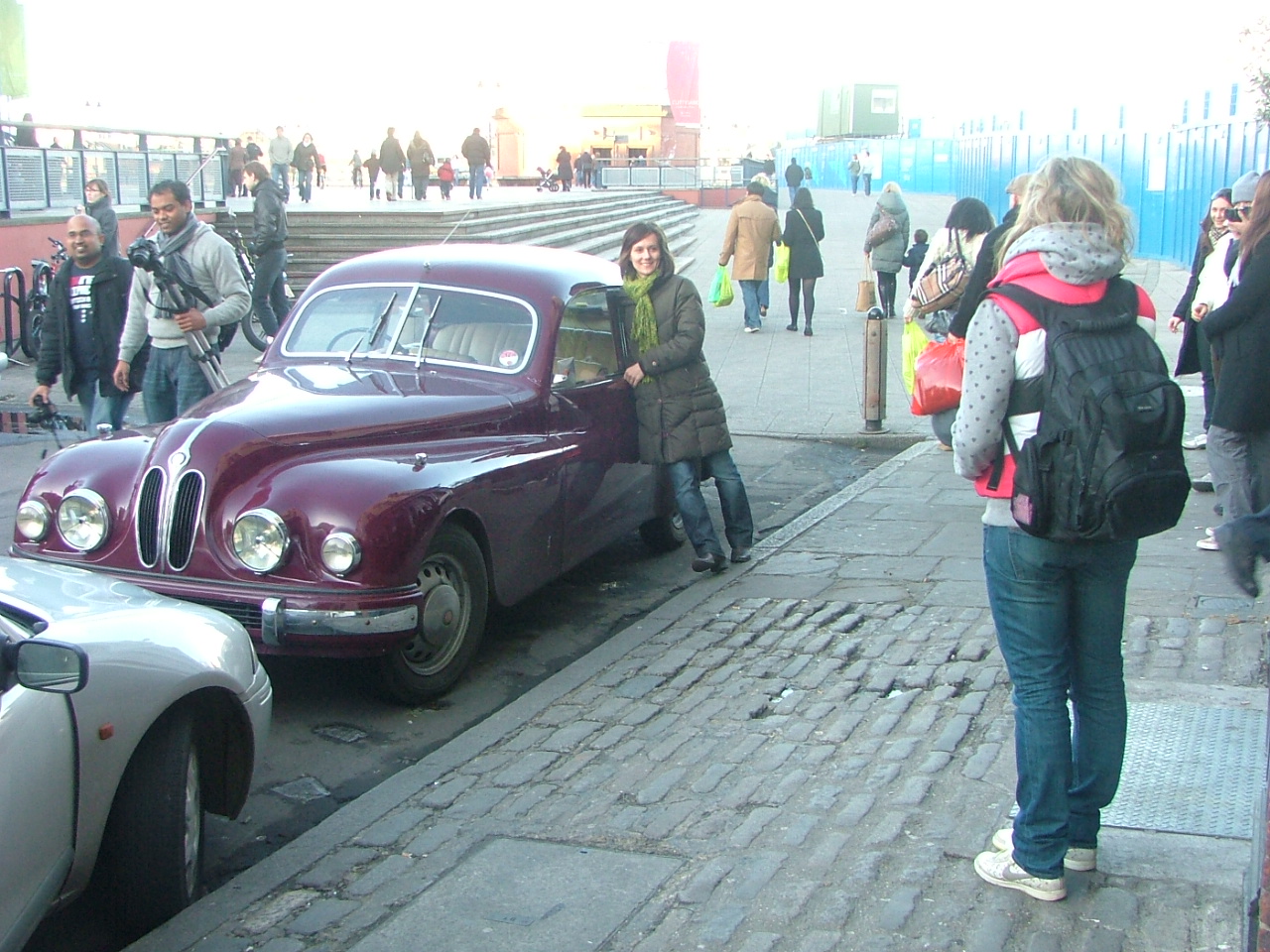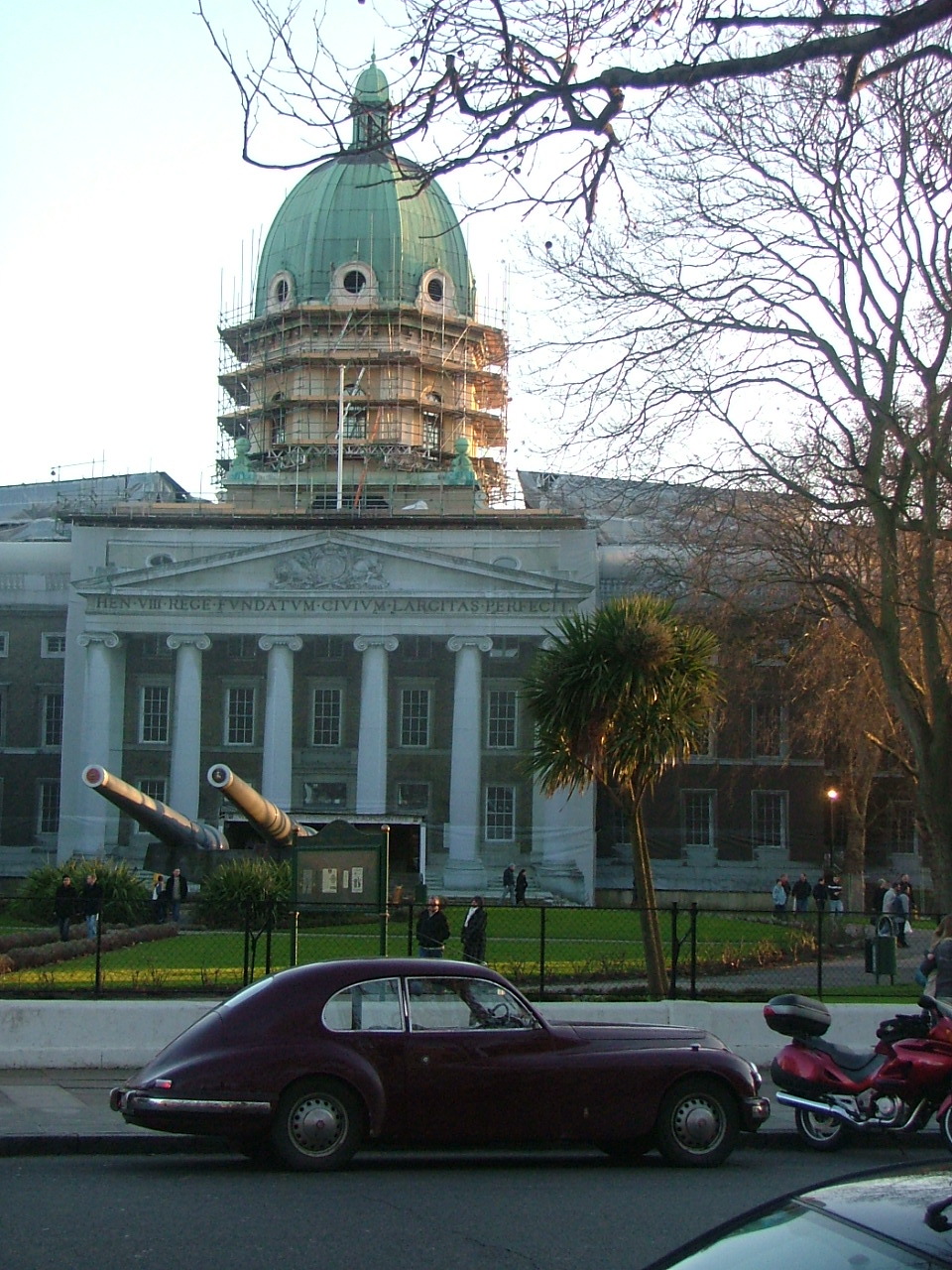"Few have heard of it. Even fewer have seen it. But it hasn’t stopped many claiming to have spotted the rarest of motoring unicorns that has become the stuff of legend. Sightings of the unmistakably long blue mythical creature "

Bristol 401
The Bristol 401
In 1971 my dad bought an old car for £150, and it changed my life.
The car was a Bristol 401, a 16-foot long, slippery bodied, hand made aluminum grand tourer with push button doors and a cocoon like leather and wood interior.
It was powered by a free-revving, straight six 2-litre engine appropriated from the pre-World War 2 BMW 328, so it went well and sounded wonderful.

For an inanimate object it possessed huge charisma. I was eight when it arrived and adored it. I wanted to own one, and later it was the catalyst for making me write about cars.
Only around 650 were made and the survivors are highly prized, but in the early 70s the Bristol was a classy old banger. Ours had semaphore trafficators instead of flashing indicators. The trafficators were illuminated pointers that lived in slits in the central door, or B pillars, were raised and lowered by electric motors and sometimes got stuck.
“Bang the pillar!” my dad would shout when this happened.
Someone had given the car a cheap re-spray that caused the paint to detach itself from the 401’s flowing alloy panels. Eventually it looked raffish and scabbed at the same time.
It was also mechanically weary, and my dad re-built the engine three times, later claiming that it was the only mechanical object to reduce him to tears of frustration.
This, the early 1970s fuel crisis and the car’s thirst (think 20-something mpg) eventually made him fall out of love with it. By 1975 my dad was driving a Triumph Herald, but the Bristol stuck in my mind.
Fast-forward to the late 1990s and I’d become a 30-something motoring writer, and inherited some money, so I bought a Bristol 401.

Dating from 1951 it had had a mixed ability re-build, which caused the head gasket to blow the morning I picked it up, thanks to an idiot mechanic putting it upside down and blocking a couple of water channels.

The subsequent re-build was expensive, but made the car go properly, although it tram lined horribly and had a wobbly bottom when cornering. This was thanks to tyres with marshmallow sidewalls, and once replaced with a set of tough London taxi radials it went round corners very well.

It had to be rowed along by its gear lever, which was fun, was still quick point-to-point and had quite the nicest steering of anything I’d driven.
Driving it required a constant fettling of the manual advance and retard, and studying oil and temperature gauges. It had the quality of flying a vintage aircraft or driving a steam engine. Spend time in its company and your cloths were impregnated with the pleasant scents of wood, leather and period mechanical lubricants. Never mind that the brakes and headlamps were feeble by modern standards, a journey in this car was an event.
For boring, practical reasons I no longer own the Bristol but I’m glad our paths crossed. It’s lodged in my memory, just like the 401 my dad had.

CLICK TO ENLARGE










